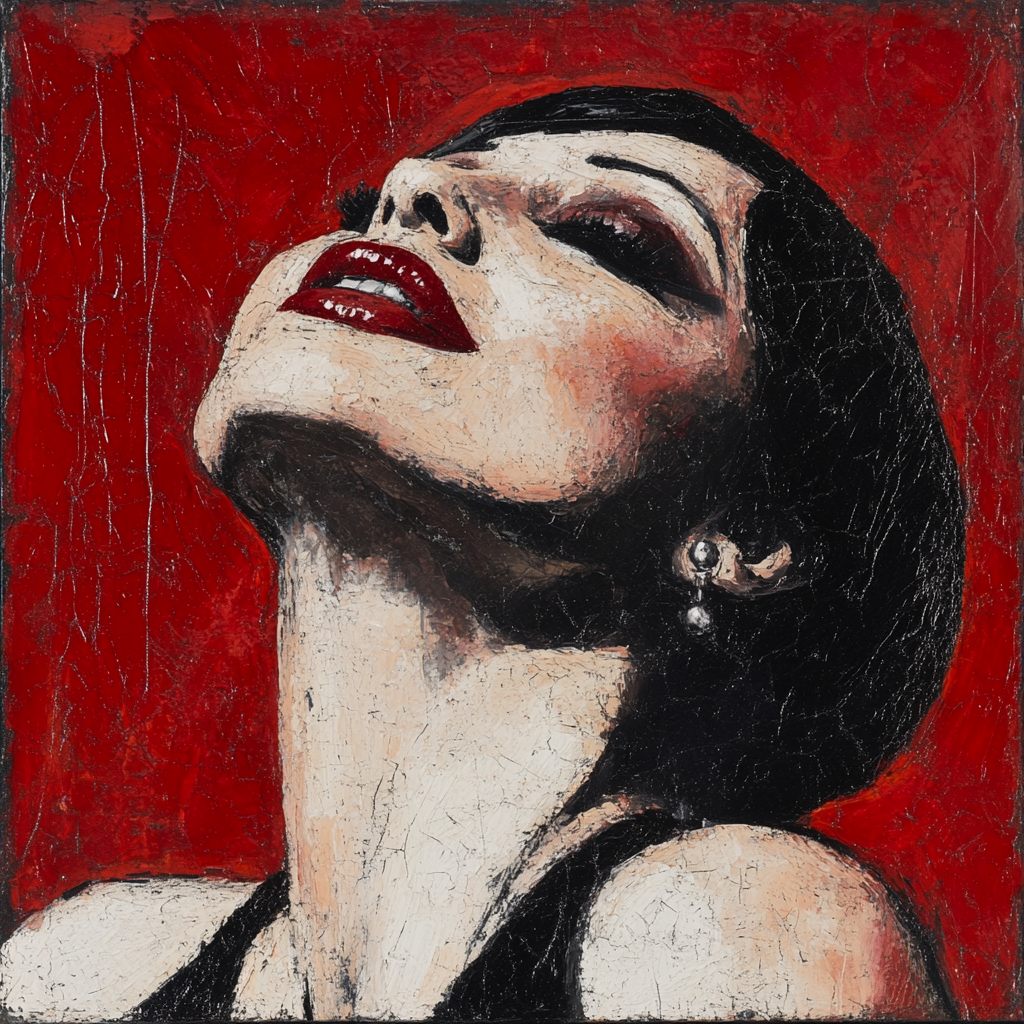Perfume website Canada offers much more than just fragrances – it is a platform where perfumery and art intersect, revealing the secrets of beauty and grace. Fragrances and cabarets, despite their different natures, both strive for the same thing: to evoke emotions, awaken the senses and leave an unforgettable impression.
History of Perfumery: The Art of Creating Fragrances
Perfumery has ancient roots, dating back to Egyptian rituals and ancient Greek holidays. However, in the modern world it has become a form high art, where each fragrance can be a real masterpiece, combining dozens of notes and creating a unique composition. Perfumers, like artists, use their creativity to use scents to convey moods, emotions and even tell stories.
In creating fragrances, key elements include:
- Top notes: These are the first smells that are felt immediately after applying the fragrance. They quickly disappear, leaving room for the heart notes.
- Heart notes: The main accords of the fragrance, revealing themselves a few minutes after application. They are the ones who determine the character of the perfume.
- Base notes: This is a long-lasting sillage that remains on the skin for several hours. These notes create the completeness of the aroma and its durability.
Perfumery is an art where science and intuition are combined, and each new composition can tell its own story through the subtle play of aromas.
Cabaret as a reflection of cultural changes in the art world
Cabaret, like perfumery, is an art that arose in response to society’s needs for self-expression and entertainment. Appearing in Paris at the end of the 19th century, it quickly gained popularity as a way to express cultural and social changes through dance, music and theater performances. Cabaret has always been distinguished by its boldness and audacity, turning each performance into a show that challenged society and its norms.
European cabarets, such as the legendary Moulin Rouge, have become a symbol of freedom of expression. They brought together dancers, musicians and artists from all over the world, creating a platform for experimentation and new ideas. Cabaret reflected the spirit of the times, introducing elements of social criticism, humor and frankness into art. Over time, it spread beyond Europe, influencing the development of mass culture and art in other countries.
Perfumery and cabaret: Mutual influence of two worlds
Perfumery and cabaret may seem like completely different art forms, but they both strive for the same thing – to influence the human senses. Fragrances play an important role in creating atmosphere, and on the cabaret stage this becomes especially obvious. Many shows create their own unique scents that help create the right mood and enhance the experience of dancing and music. Perfume compositions can add notes of sensuality, drama or lightness to the spectacle.
On the other hand, the cabaret aesthetic – with its colorful images, costumes and music – inspires perfumers to create new scents. Some perfumers create perfumes based on ideas drawn from the world of cabaret, trying to convey through smells sensuality, freedom and passion, which are embodied by the dancers on stage. These two worlds enrich each other, combining visual and olfactory impressions into a single artistic space.
Dance and scent: The magic of smell in the art of cabaret
Fragrances play an important role in creating a complete artistic picture, especially in an art like cabaret where all the details are important. The smell may increase perception of the show, add subtlety and depth to it. In cabaret, scents are often used to enhance the character of the act or to create an emotional background that complements the visual and musical elements.
Smells have a unique ability to evoke in viewers emotions and memories. Therefore, the right scent can become an integral part of the show, creating an atmosphere of passion, playfulness or even tragedy. In some modern cabaret productions, scents have become an important part of the stage effects, which allows the audience to immerse themselves even deeper into the world of feelings and impressions.
Modern trends: How cabaret and perfumery come together in modern shows
In recent years, cabaret and perfumery have begun to integrate into new art forms, creating multimedia shows, where scents play an important role along with dance and music. The use of scent in performance has become an important part of creating unique experiences that go beyond traditional performance art. Many modern shows use scents to highlight certain moments, creating a completely immersive experience.
Modern choreographers and directors are experimenting with the use of smells in productions to enhance the audience’s emotions, creating new ways to interact with audiences. Perfumers, in turn, are inspired by theatrical aesthetics and actively collaborate with theater troupes and cabarets to create scents that highlight the uniqueness of each show.
Fragrances and cabaret, as two powerful expressive tools, continue to surprise and inspire. Both arts seek to appeal to the senses, creating vivid and memorable images. Today we see how perfumery and cabaret intersect and enrich each other, giving viewers a unique experience and immersing them in an atmosphere of beauty and emotion. These two worlds combine visual and olfactory perception, revealing new facets of art.
Perfumery enhances the audience’s experience by creating unique scents that enhance the show’s emotional moments, creating depth and complementing the visual and musical elements.
Cabaret inspires perfumers with its vibrant aesthetics, rich emotions and sensual atmosphere, which is reflected in the creation of perfumes that convey the passion, freedom and grace of dance.

